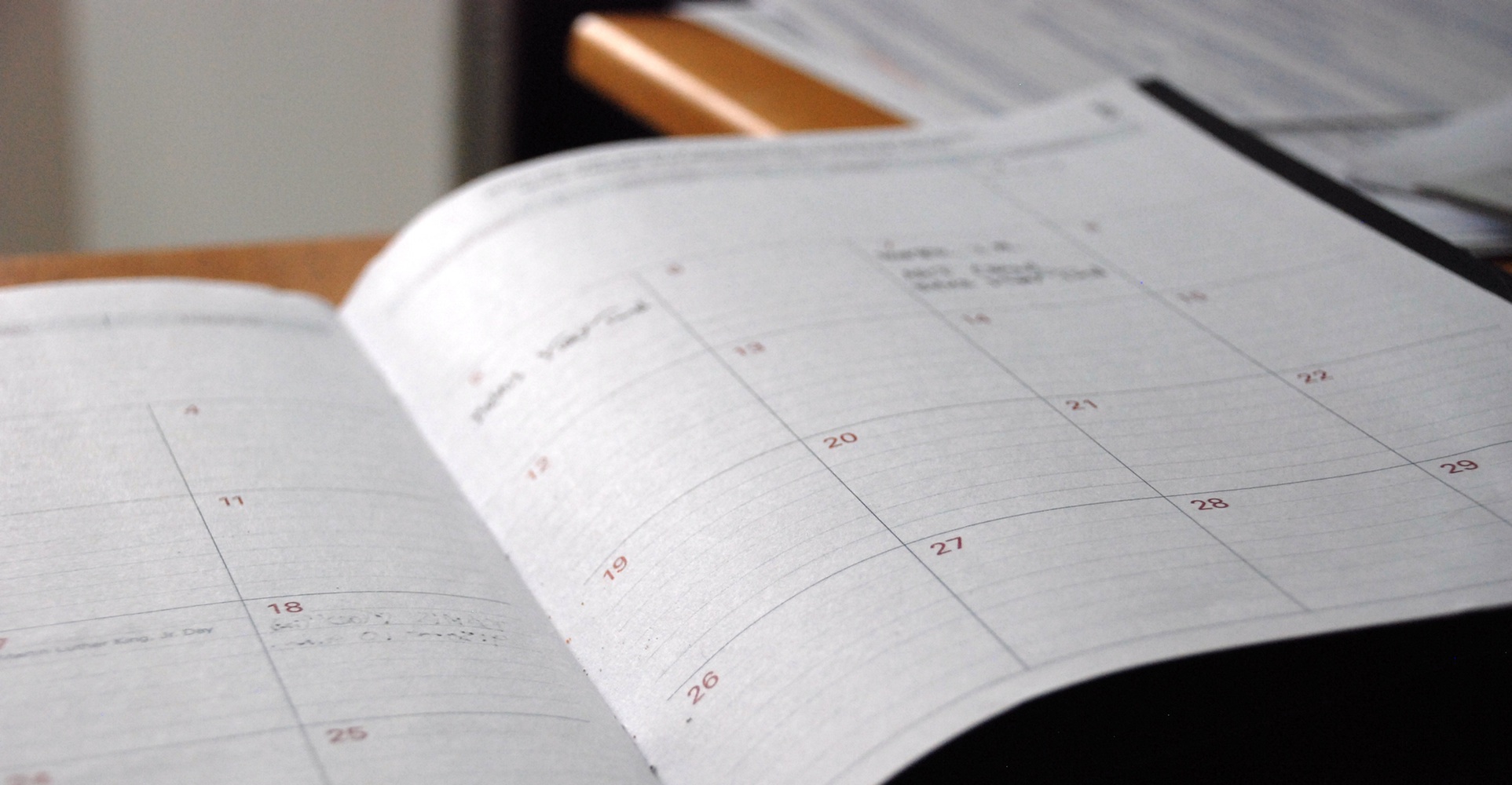
Board Meeting Agenda Format and Template
It’s a rare meeting where the board of directors has enough time to accomplish everything that it needs to. Having an established and focused board meeting agenda helps the board maximise accuracy, efficiency and productivity. Board meeting agendas include items for managing routine business and for tackling special projects.
Pre-meeting Preparation
The prior meeting’s agenda serves as a template for the next meeting. The secretary should preplan the agenda by reviewing the past agenda and minutes and ask board members for items or issues to be included. This reminds board members to prepare reports or other documents that need to be brought before the board.
Once the secretary finalises the agenda, it should be sent out to all members in enough time for them to review it and request additions, deletions or changes. The final agenda helps the board chair keep the board meeting on track and moving along. After the chair calls the meeting to order, the board meeting agenda may be modified at the start of the meeting by board member request.
Structure of a Typical Agenda
The typical written agenda has a heading of identifying information. Other parts of the agenda appear like an outline using Roman numerals to identify board items for discussion.
Heading
The heading of the agenda should state the name and address of the organisation. It should also include the date, time and location of the meeting.
Call to Order
The first order of business is for the chair to announce the call to order, along with the time. The secretary enters the time of the call to order in the minutes. After the meeting is called to order, the board chair may make welcoming remarks, ask for introductions or read the organisation’s mission and vision statements.
Changes to the Agenda
The second order of business is for the chair to ask for changes to the agenda. Additions and deletions to the agenda will be made at this time. Having no changes, the agenda moves to approving the prior meeting’s minutes.
Approval of Minutes
The third item on the agenda should list “Approval of Minutes” along with the date of the most recent meeting. In most cases, board members should have received a copy of the minutes prior to the meeting. If they have not contacted the secretary prior to the meeting with corrections or changes to the minutes, they have the opportunity to make them during this item on the agenda.
Board members have an ethical and legal responsibility to make sure that the recording of the minutes accurately reflect the board’s business.
Reports
The fourth item on the agenda is the reports. This first report should be a report from the Executive Director. This report should include a review of operations and projects. The Executive Director should give board members an overview of the business outlook including positive and negative trends, major initiatives, business updates and other aspects of the business.
Following the Executive Director report, the Finance Director gives a report. Board members should make an effort to understand the financial reports so that they can identify potential financial threats. Understanding financial reports may also generate discussion about potential opportunities.
Subsequent reports may be given by committee chairs.
Old Business
Items should include past business items that are unresolved, need further discussion, or require a board vote. Items may be tabled or referred to committee for further exploration.
New Business
Board members should have a discussion about new business items and identify a plan to take action. This may include tabling them, delaying action to a future date or referring them to a committee.
Comments, Announcements, and Other Business
At this point in the agenda, members may make announcements, such as offering congratulations or condolences, or make other special announcements. Any other business may be brought up at this time, for example, items that may need to be added to the next meeting’s agenda.
Adjournment
This is a formal closing of the meeting by the board chair. He should state the time that the meeting closed, so that the secretary may including it in the board minutes. The date of the next meeting should follow the adjournment item, so that board members will be reminded to put it on their calendars.
Sample Board Meeting Agenda Template
ABC Company
123 Main St.
Anytown ACT 1234
AGENDA
January 1, 2016
Time: 9:00 am
Location:
Company Corporate Office
123/6 Eastern Road
Anytown ACT 1234
I. Call to Order
II. Approval of the Agenda
III. Approval of the Minutes
IV. Reports
- Executive Director
- Finance Director
- Nominating Committee
- Governance Committee
- Public Relations Committee
V. Old Business
- Board nominations
- Contract negotiations
VI. New Business
- Special Event
VII. Comments and Announcements
VIII. Adjournment
Next meeting date 1 March 2018
The agenda serves as the roadmap for the board chair. It helps him move from one meeting item to the next, while addressing all business items and giving all board members an opportunity to participate. A board chair that uses the board meeting agenda efficiently increases productivity by not dwelling too long on issues that are better addressed in committees.
A clear agenda clarifies action items and designates who is responsible for addressing them, so that the board makes progress. The agenda also drives the minutes of the meeting. This is important so that board members have a comprehensive written plan to hold themselves accountable for following through on-board business items.
The board agenda should be seen as a tool for doing board business in an efficient, fair and productive manner. To be effective, agendas should be used and followed with consistency and fidelity.







